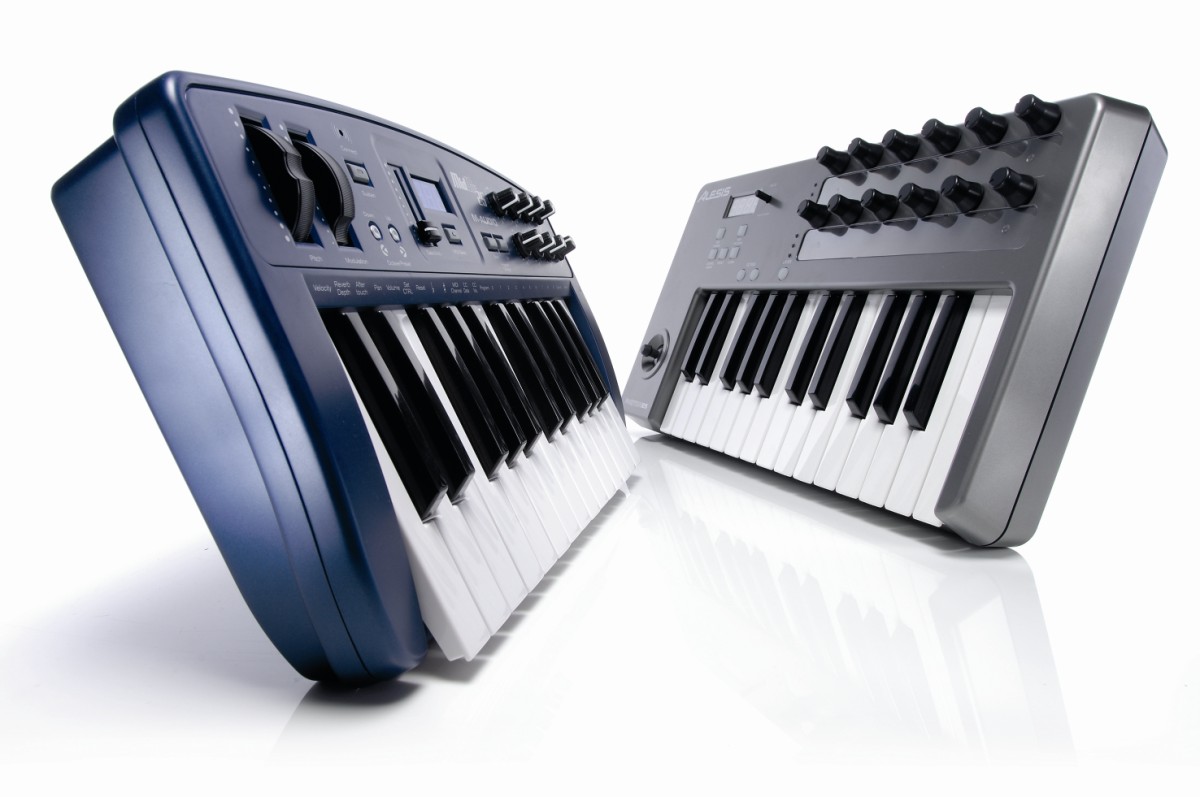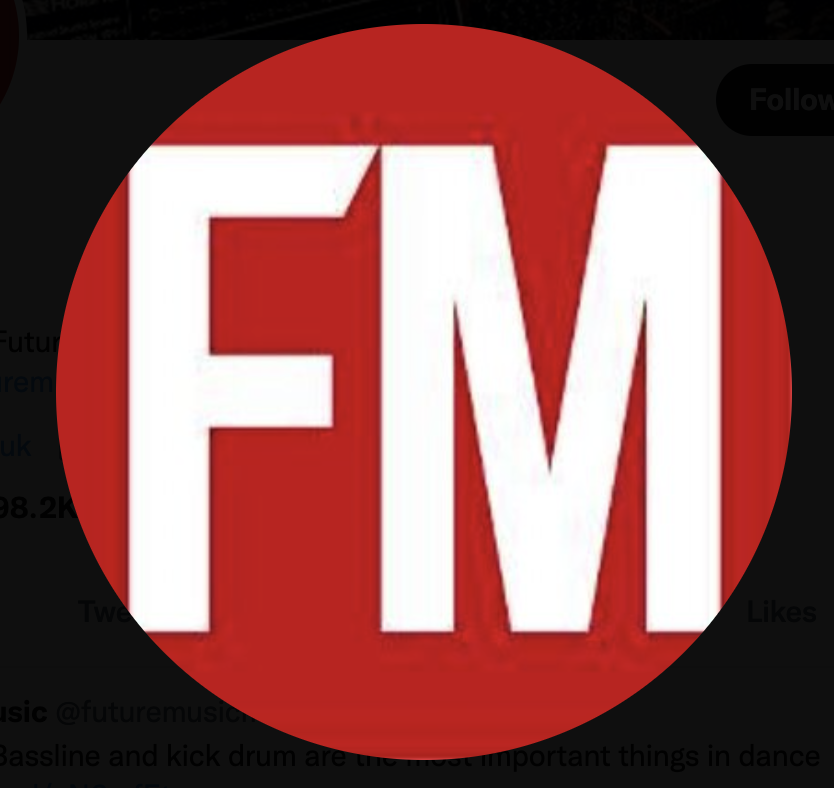MusicRadar Verdict
MIDI-only controller that delivers solid performance, but not the most solid build quality.
Pros
- +
Lots of control offered by triple-layer dials. Inclusion of Cubase makes it ideal for beginners. Easy to program.
Cons
- -
Build quality is a bit suspect.
MusicRadar's got your back
The Photon 25 is the MIDI-only version of the X25, and, while it doesn't feature the natty controller dome of its big brother, it does have a plethora of knobs - 12 assignable rotaries, no less.
And if that isn't enough, each has got three active layers so that, by pressing the Layer button, you can step through the layers, giving 36 knobs in effect.
Printed overlays are held behind clear plastic panels, so you can dress the Photon up as a Reason sampler, a front-end for Cubase or Live, or any one of a host of soft synths.
There are also 20 storage locations in which to save new configurations, plus blank overlays to label them.
It's reasonably easy to program the device with the simple four-character LCD, data entry knob and illuminated mode buttons, and LEDs give an instant indication of which layer the knobs are set to.
The Photon features MIDI In and Out, as well as a socket for a sustain pedal. The controller can be powered via mains, battery or USB.
The keys are full-size and playable, octave shift buttons extend the range five octaves up and down, while pitch-shift and modulation control is via a small joystick, rather than rotary dials.
Want all the hottest music and gear news, reviews, deals, features and more, direct to your inbox? Sign up here.
It's not the most bullet-proof, but the price isn't the highest and you get a lot of control with those triple-layered dials.
It has no need for drivers when used with OS X or Windows XP, and with Cubase LE 1.0.8, newcomers to sequencing will be whipping up songs in a trice.
Future Music is the number one magazine for today's producers. Packed with technique and technology we'll help you make great new music. All-access artist interviews, in-depth gear reviews, essential production tutorials and much more. Every marvellous monthly edition features reliable reviews of the latest and greatest hardware and software technology and techniques, unparalleled advice, in-depth interviews, sensational free samples and so much more to improve the experience and outcome of your music-making.

